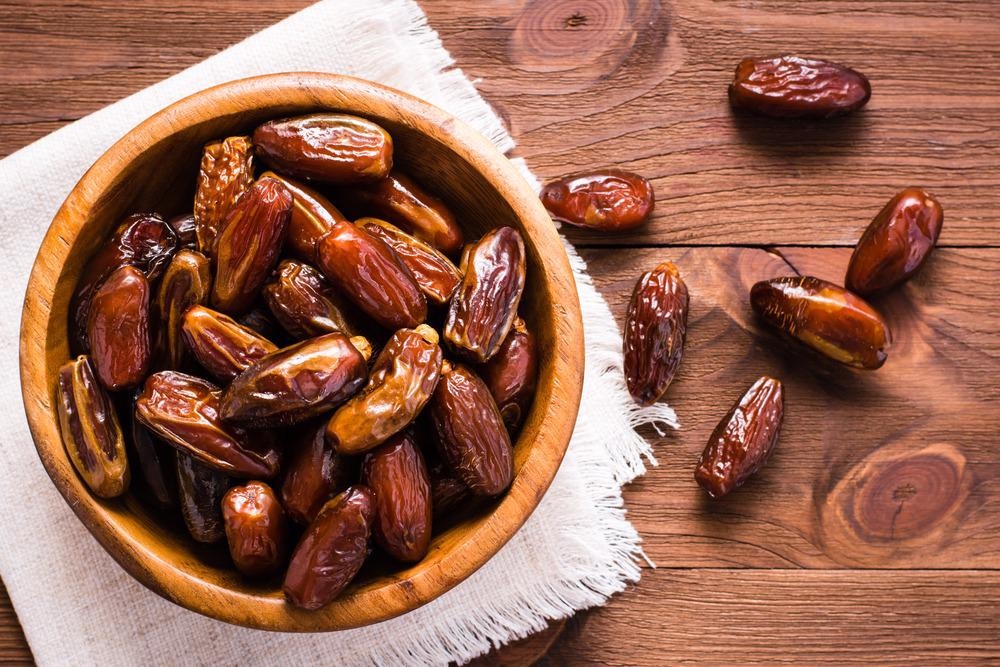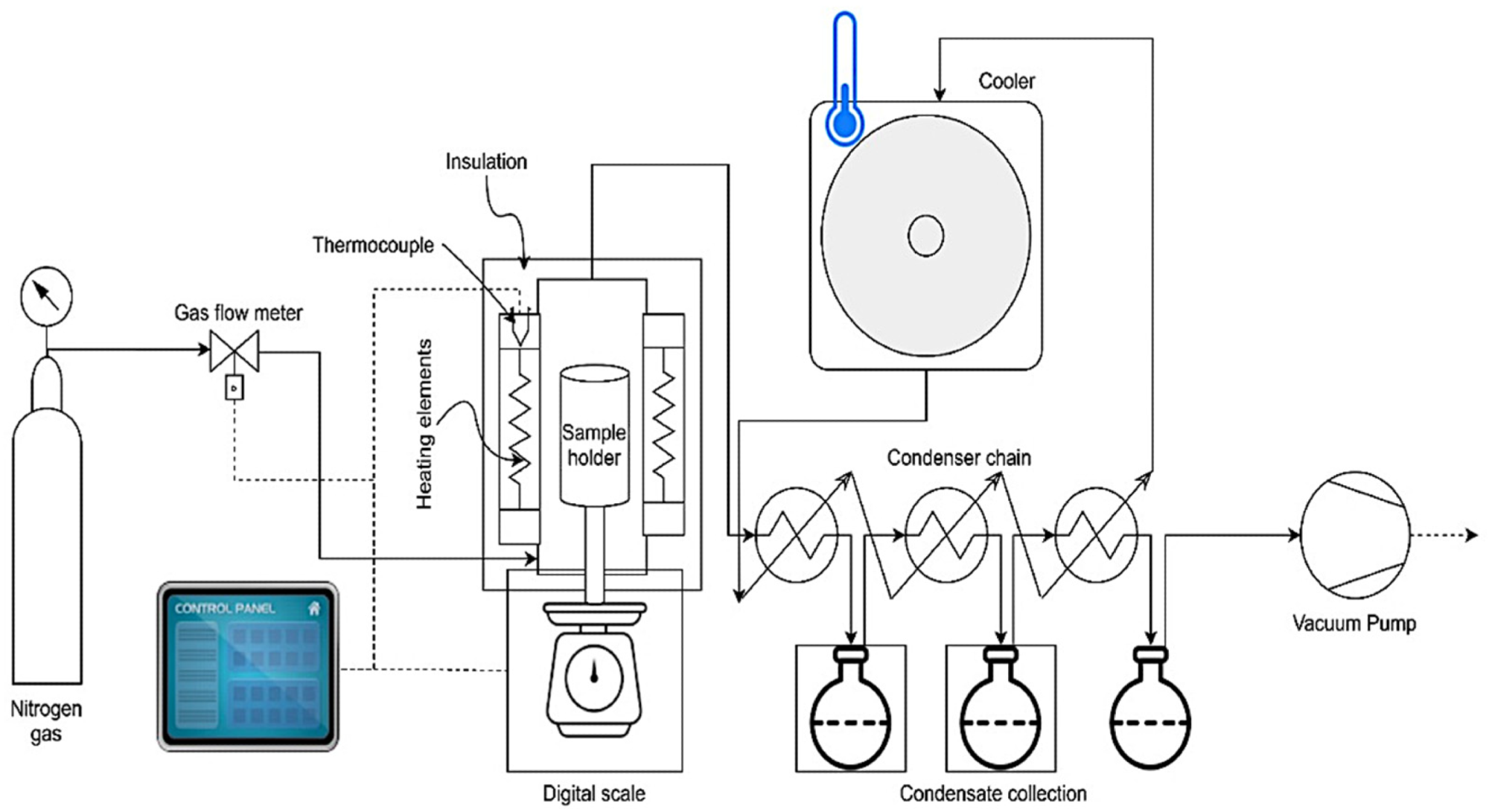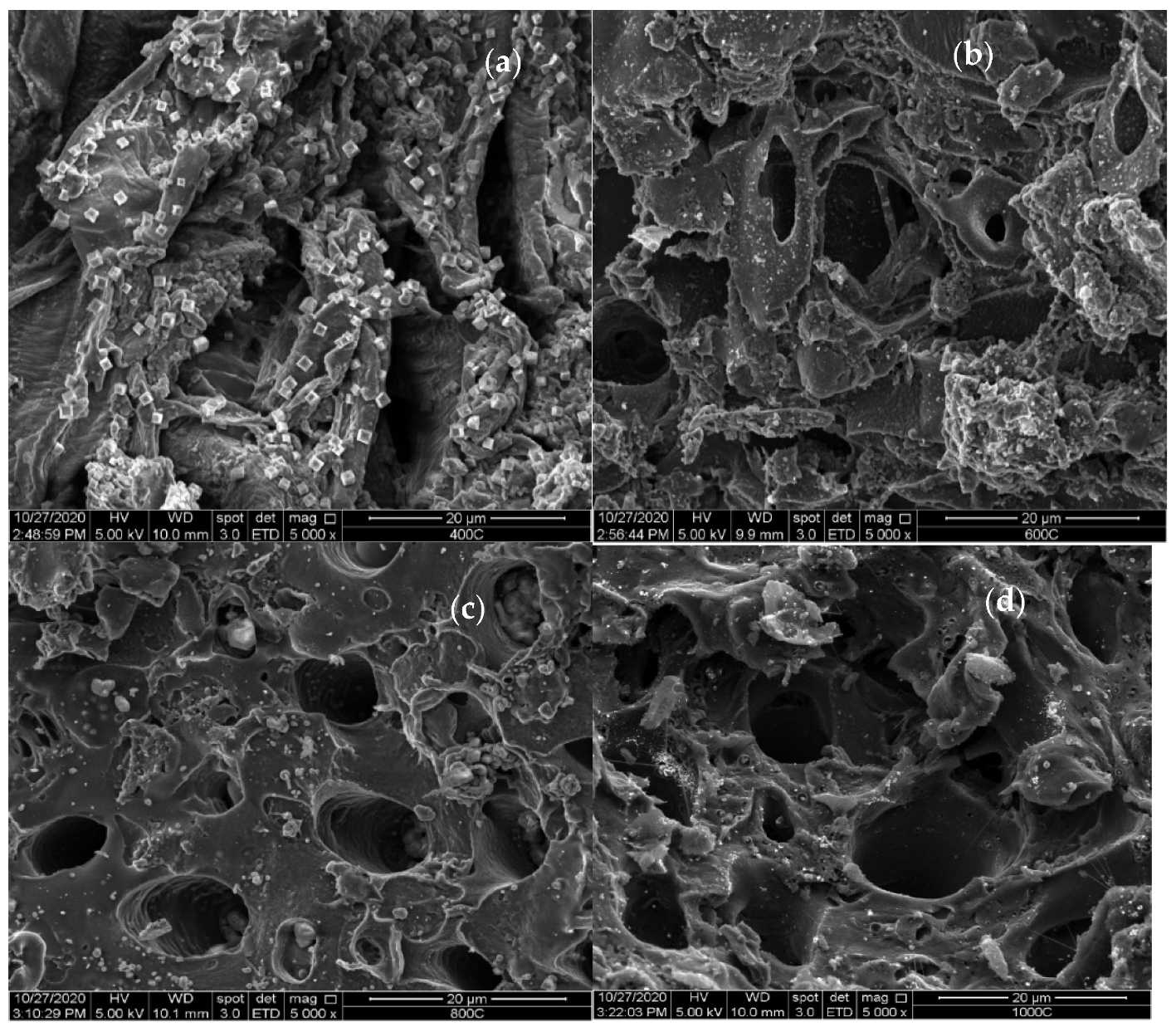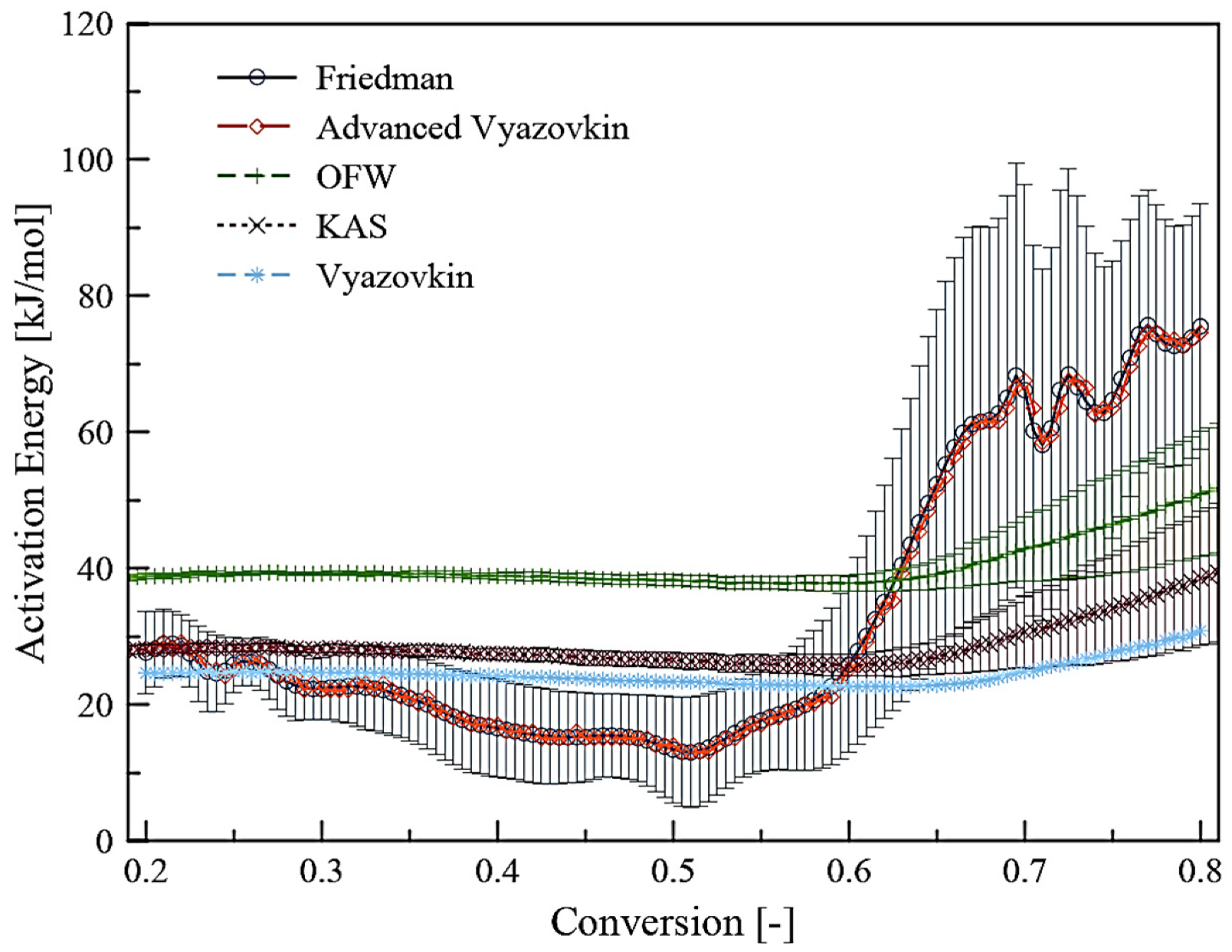 By Surbhi JainReviewed by Susha Cheriyedath, M.Sc.Apr 12 2022
By Surbhi JainReviewed by Susha Cheriyedath, M.Sc.Apr 12 2022In an article recently published in the open-access journal Energies, researchers discussed the non-catalytic valorization of date palm seeds for the production of hydrogen-rich syngas and biochar.

Study: Hydrogen-Rich Syngas and Biochar Production by Non-Catalytic Valorization of Date Palm Seeds. Image Credit: Rui Elena/Shutterstock.com
Background
To satisfy future energy needs, there is widespread interest in integrating renewable energy sources to partially replace or supplement conventional fossil fuels. Because of its renewable nature, ubiquitous availability, and carbon-neutral qualities, biomass has emerged as a key component of a sustainable and renewable energy network in recent years.
Environmental impacts and rising energy demands have necessitated the use of sustainable renewable energy sources such as photovoltaic and wind energy in recent decades. Lignocellulosic waste, municipal solid waste, industrial waste, and a variety of organic wastes are all examples of biomass energy sources.
Furthermore, when date seeds are utilized as a direct fuel, they release nitrogen-containing organic chemicals into the atmosphere, causing environmental issues. Previous research has suggested that date seed oil obtained using conventional extraction processes be used following catalytic up-gradation. Pyrolysis is known to be a useful thermochemical approach for transforming complicated biomaterials.

Schematic representation of the custom-made fixed-bed fast pyrolyzer. Image Credit: Sait, H. H et al., Energies
About the Study
In this study, the authors presented the development of a fixed-bed pyrolyzer and used it to pyrolyze mixed date palm seeds sourced from Saudi Arabia. The effect of pyrolysis temperature (200–1000 °C) on the various physicochemical properties of date seed biochar and hydrogen-rich syngas formed by the pyrolysis process was examined. Flynn–Wall–Ozawa (FWO), Friedman, and Kissinger–Akahira–Sunose (KAS) linearized model-free approaches, as well as non-linear methods like Vyazovkin and advanced Vyazovkin, were used to fit the kinetic data of date seed pyrolysis.
The researchers thermodynamically pyrolyzed date seeds in a modified fixed-bed pyrolyzer to create hydrogen-rich syngas and biochar with a wide range of industrial applications. A 1500 W multipurpose high-speed grinder was used to grind air-dried seeds. The undersize powder, which had been sieved through 200 mesh and contained particles as small as 500 microns, was saved for additional investigation.
The team used an elemental analyzer to determine the sample's final analysis. At a 5 kV accelerating voltage, a scanning electron microscope with energy-dispersive X-ray spectroscopy was utilized to analyze biochar shape and elemental composition. Helium gas was used as a carrier at a flow rate of 20 mL/min, with an operating column temperature of 120 °C, column pressure of 90 psi, and a detector temperature of 150 °C.

SEM images of the valorized date seed at (a) 400 °C, (b) 600 °C, (c) 800 °C, and (d) 1000 °C. Image Credit: Sait, H. H et al., Energies
Observations
The lignocellulosic elements cellulose, lignin, and hemicellulose had a high carbon content in both proximate and final analysis. As per the energy-dispersive X-ray (EDX) studies, the constituent components of biochar changed with the pyrolysis temperature.
Date seeds pyrolyzed at 800 °C had the highest carbon concentration, which accounted for 97.99% of the corresponding total carbon content. The biochar was found to have a high percentage of carbon, as well as potassium and magnesium. The highest carbon monoxide and hydrogen compositions were achieved at 1000 °C, with 32 mol% and 40 mol%, respectively.
Friedman, KAS, and FWO activation energies ranged from 30–75 kJ/mol, 30–40 kJ/mol, and 30–65 kJ/mol, respectively, while advanced Vyazovkin and Vyazovkin activation energies ranged from 30-70 kJ/mol and 25–30 kJ/mol, respectively. In comparison to Friedman, the FWO and KAS models had less variation. The date seeds had 4.1% moisture, 78% volatile matter, 9.2% fixed carbon, and 8.25% ash, according to the proximate analysis. The date seed comprised 47.15% carbon, 7.52% hydrogen, 0.82% nitrogen, and 44% oxygen. Date seed had 33.1% cellulose, 24.3% hemicellulose, and 22.6% lignin.
Carbon dominated the valorized date seeds with 88% content at 400 °C, followed by 10.28% oxygen, 0.28% magnesium, and 0.48% phosphorus. The carbon content of valorized date seeds increased to 94.6% at 500 °C, but oxygen, phosphorus, and magnesium content declined to 4.66%, 0.21%, and 0.13%, respectively. A 0.31% trace sulfur level was also discovered.
When the temperature was raised to 800 °C, the carbon content increased to 97.99%. With an increase in pyrolysis temperature, the composition of syngas increased, which resulted in the highest CO and H2 compositions of 32 mol% and 40 mol%, respectively. At 200 °C, the CO2 concentration increased to 0.9 mol%, and at 1000 °C, is incremented to 5.6 mol%. The Friedman, FWO, and KAS models yielded apparent activation energies of 229.5, 226.8, and 224.2 kJ/mol, respectively.

Activation energy as a function of conversion for the linear and non-linear methods. Image Credit: Sait, H. H et al., Energies
Conclusions
In conclusion, this study elucidated the pyrolysis of date palm seeds in a fixed-bed pyrolyzer at heating rates of 2.5, 5, 7.5, and 10 °C/min to create biochar. The complicated deterioration of the date seed during pyrolysis occurred in the active pyrolysis zone. The R2 and standard deviation values obtained from fitting the data to the KAS and FWO models were greater than those obtained from other models.
The authors believe that the obtained kinetic parameters could aid in the development of a suitable pyrolyzer for Saudi Arabian date seeds.
Disclaimer: The views expressed here are those of the author expressed in their private capacity and do not necessarily represent the views of AZoM.com Limited T/A AZoNetwork the owner and operator of this website. This disclaimer forms part of the Terms and conditions of use of this website.
Source:
Sait, H. H., Hussain, A., Bassyouni, M., et al. Hydrogen-Rich Syngas and Biochar Production by Non-Catalytic Valorization of Date Palm Seeds. Energies 15(8) 2727 (2022). https://www.mdpi.com/1996-1073/15/8/2727